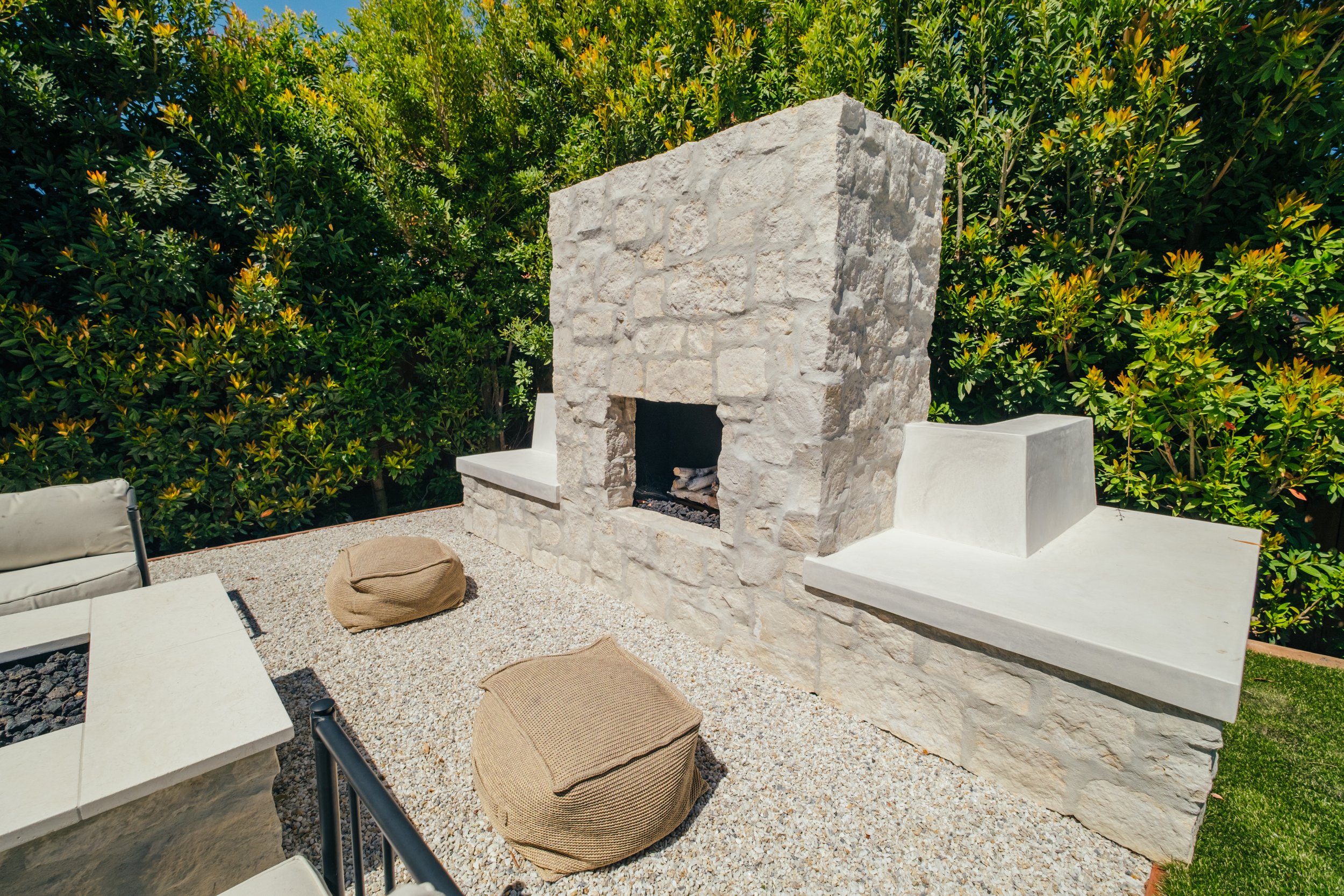The Art of Hardscaping: Enhancing Residential Landscapes with Stone, Wood, and More
Hardscaping, the artful integration of non-living elements into outdoor spaces, is a cornerstone of residential landscape design. By skillfully combining various materials and textures, homeowners can create stunning landscapes that seamlessly blend form and function.
One of the key elements of hardscaping is the use of natural materials such as stone, wood, and brick to create durable and visually striking features. Stone, in particular, is a versatile material that can be used to construct everything from retaining walls and patios to fire pits and water features. Its timeless appeal and inherent durability make it a popular choice for adding depth and texture to residential landscapes. Whether it's rustic flagstone pathways meandering through a garden or sleek granite countertops in an outdoor kitchen, stone elements add a sense of permanence and sophistication to any outdoor space.
Wooden features are another hallmark of hardscaping, adding warmth and organic charm to residential landscapes. From classic wooden decks and pergolas to modern fencing and furniture, wood offers endless possibilities for creating inviting outdoor living areas. Its natural beauty and versatility make it an ideal choice for enhancing the aesthetic appeal of a property while providing functional spaces for relaxation and entertainment. Whether it's gathering around a fire pit on a cool evening or lounging on a sun-drenched deck with a good book, wooden hardscape elements add a touch of rustic elegance to any outdoor setting.
In addition to stone and wood, hardscaping also encompasses a variety of other materials such as brick, concrete, and metal. These materials can be used to create decorative accents, borders, and edging that define and enhance different areas of the landscape. From intricate brick pathways to sleek concrete planters, these hardscape features add visual interest and structure to residential landscapes while providing practical solutions for organizing and delineating outdoor spaces.
Ultimately, the art of hardscaping lies in the thoughtful integration of these materials to create cohesive and harmonious outdoor environments. By combining elements of form, function, and aesthetics, homeowners can transform their outdoor spaces into inviting retreats that reflect their personal style and enhance their quality of life. So whether you're dreaming of a tranquil stone patio surrounded by lush greenery or a chic wooden deck with panoramic views, the possibilities for hardscaping are limited only by your imagination.


